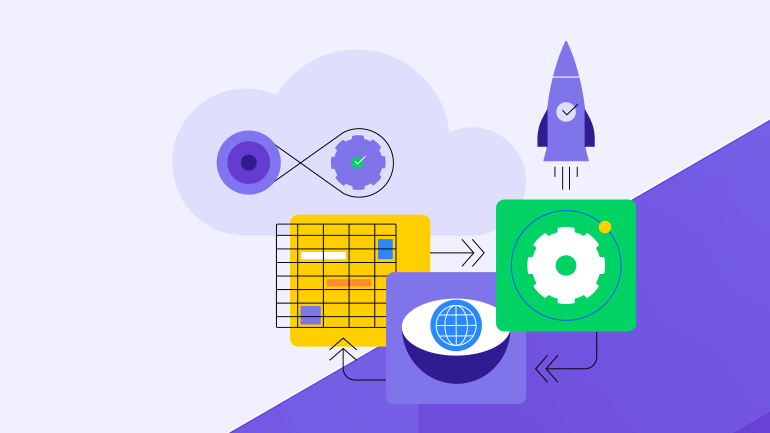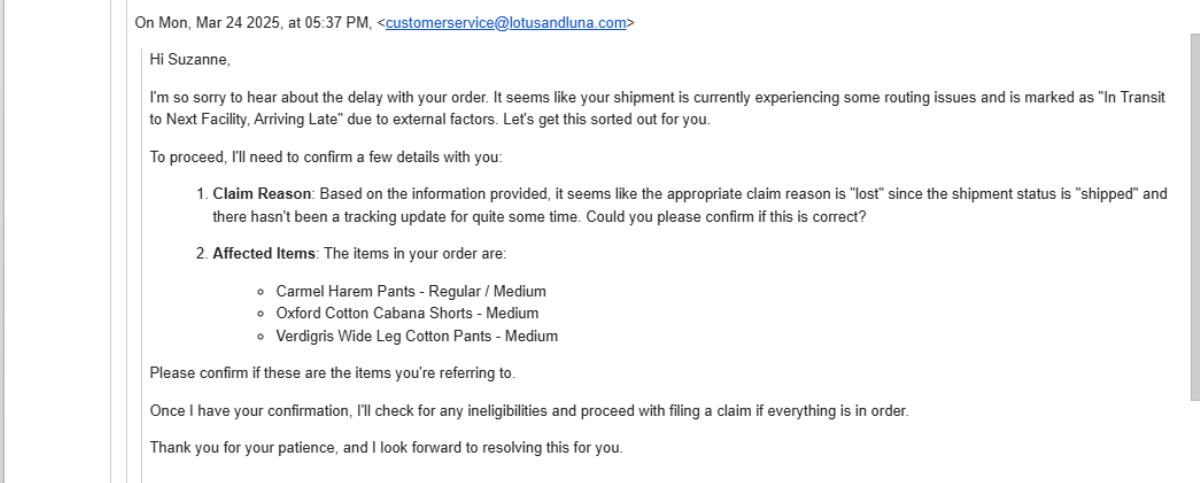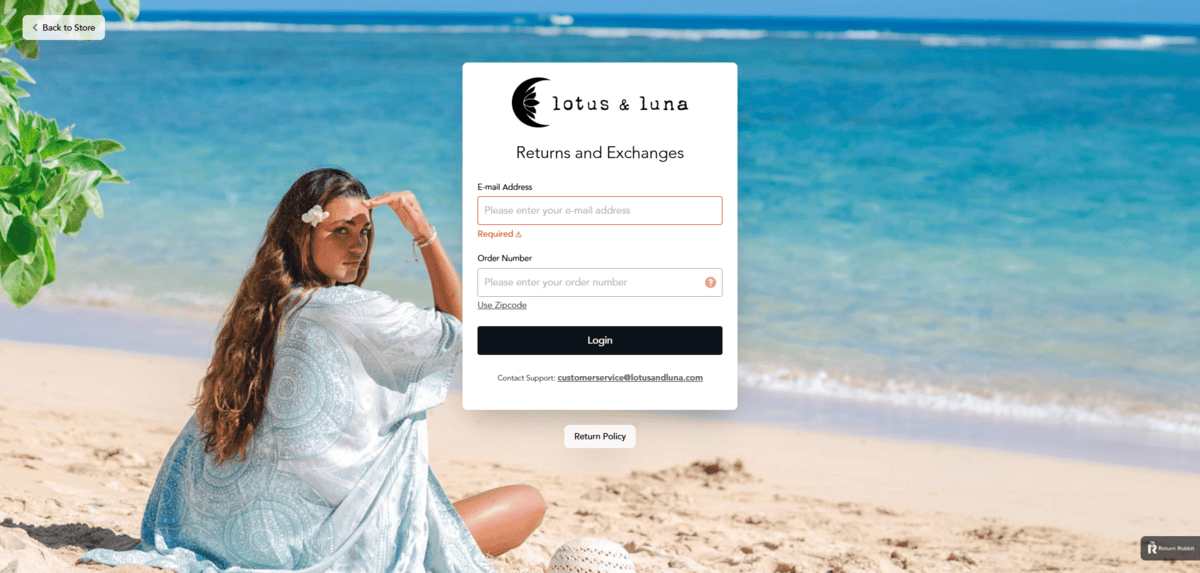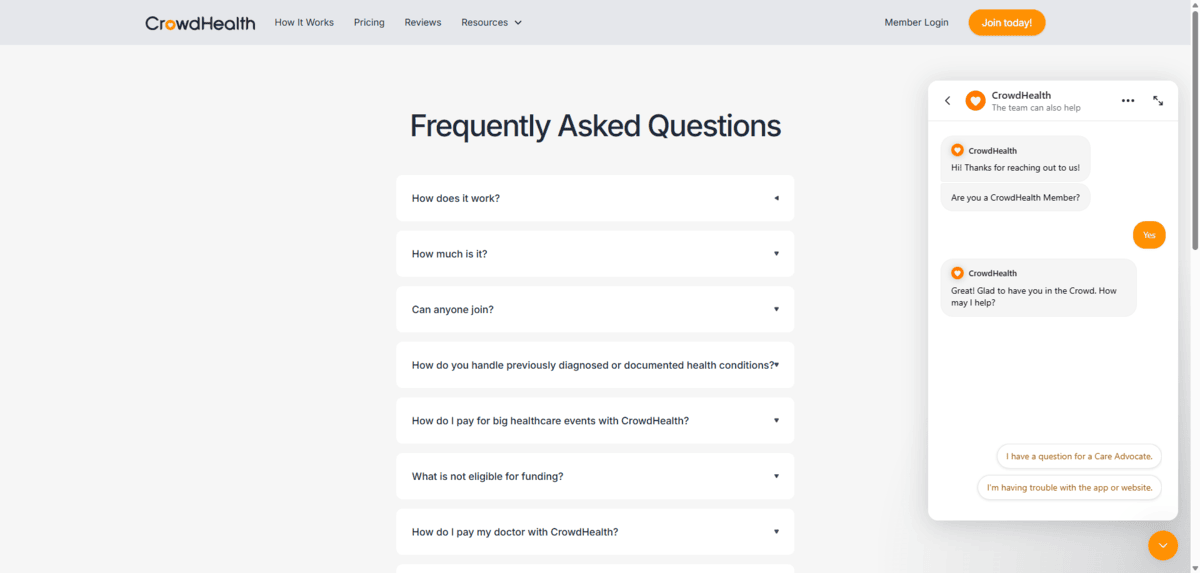How to Create a Top-Notch Digital Customer Service Offering

If your digital customer service strategy doesn’t offer multi-channel support, self-support options, proactive communications and more, you could be missing a prime connection opportunity with your users.
Someone was complaining to me the other day about how terrible the customer service is on some social media platform they use. And by terrible, they meant that it was impossible to get assistance because it was non-existent.
We have these powerful digital platforms that dominate our lives. Yet, when something goes wrong or we need help, there’s no one there. Sure, there are endless pages you can read through in their knowledge center. But if you expect to speak to a human or even a chatbot, forget about it.
While big tech companies may have the kinds of resources that smaller companies will never be able to compete with, the rest of us have the ability to go above and beyond in terms of customer service. And that means a lot to our customers.
In this post, we’re going to look at some digital customer service strategies you can use to wow your users while simultaneously streamlining your own operation.
4 Digital Customer Service Best Practices
Bad customer service doesn’t necessarily mean it’s non-existent. It could be that it’s slow, inefficient or inconvenient, among other things.
If you’re looking to tweak or improve your customer support strategy, keep reading for some best practices.
Tip 1: Support Different Communication Methods
When setting up digital customer service, there are lots of channels to choose from:
- Contact form
- Support ticket
- Chatbot
- Live chat
- Video chat
- SMS/Text
- Messaging app (e.g., WhatsApp, Messenger)
- Social media account
Some of these channels allow for real-time communications like live chat and video chat. Most of them, however, are asynchronous.
When selecting the digital channels to provide support through, try to offer a mix of the two. That way, users who prefer to speak to someone immediately (especially if the matter is urgent) will have the option.
For example, I recently ordered something from Lotus & Luna. The shipment was a little late. I hadn’t really given it much thought, but they sent an email asking about my purchase and mentioned that I could respond to the email with any questions or concerns I had. So I did.

What I got back was a speedy (I’m talking within an hour), thoughtful and thorough response from an employee.
I also had the option to look up my order status and contact them through the website and their support portal.

It was nice having a variety of customer service options available. I also liked that I didn’t have to create a password to access this service. All that was needed was my email address and order number.
Now, another thing to think about is which channels or methods your users will prefer using.
You could very well set up access to support wherever possible. However, it would be very time-consuming trying to monitor them all. It could also overwhelm users and lead them to worry if their question or issue will get lost.
The best thing to do is pick a few channels that make the most sense for your users, and make sure there’s something for everyone (or most everyone) there. To figure out which ones these are, ask yourself:
- Where do my users spend the most time online?
- Which of their devices are they likely to use when they need support?
- How do they prefer to communicate with brands? (Especially important to consider if you’re targeting a specific demographic segment.)
- Are there certain communication methods they generally won’t use or be comfortable with?
- Will they prefer to log into a secure portal or will other communication channels suffice?
By providing your users with appealing customer service options, you’ll increase the chances they take advantage of them instead of walking away feeling disgruntled from a bad experience.
Tip 2: Offer Self-Support Options
A well-rounded customer service strategy doesn’t always need to be human-driven. Nor does it even need to be AI-driven.
We need to remember that some customers prefer to figure things out for themselves. So, rather than force them to contact your support team, give them the option to do the legwork themselves if they want.
As for what kinds of self-service you include, it depends on what your product or service is.
For example, CrowdHealth is a company that offers an alternative to traditional health insurance. Their self-service options are an FAQs page that explains how the service works and a chatbot. This is all that’s really needed.

The chatbot is great because it can answer basic questions about the service. At the same time, it invites users to speak to a Care Advocate if they can’t find what they’re looking for or need more help. This way, the self-support and hands-on support work together as a team.
That said, this level of self-support might not suffice for more technical products or complex solutions. You might also need to include:
- Searchable knowledge bases
- Written or video tutorials
- Customer support forums
- Returns or refund request forms
- Appointment booking forms
There are numerous benefits to providing your users with self-support options. For starters, it’ll empower those users who like to do their own problem-solving to figure it out on their own. Secondly, it’ll allow you to offer some sort of help 24/7 even if you don’t have a team managing support requests all the time. Plus, self-support helps cut down on your team’s ticket volume, giving them time to focus on more urgent or complex issues.
Tip 3: Offer Proactive Support
When you think about customer service, you’re probably imagining someone standing at a counter or talking on the phone with you. They’re actively engaged, ready to help process your order, answer your question or get an issue resolved. Something like that, right?
But great customer service is more than just waiting for the customer to start the engagement. It’s about proactively anticipating the customers’ needs and helping them out before it gets to that point.
I’ll give you an example of proactive customer service I recently experienced.
Every year, my domain name is set to expire on April 29 if I don’t renew it.
I don’t personally like to auto-renew services because it’s so easy to lose track of expenses that way or to pay for something I’m not using. While I could set a reminder on my calendar like I do with other services, I’ve found this service provider does a great job of sending me renewal reminders.
There are a couple of reasons why this kind of proactive customer service is so great.
For starters, it reminds customers why they chose this brand over others to begin with. We hear stories all the time about companies that quietly auto-renew people’s services and then refuse to issue refunds when the customer realizes shortly thereafter that they were charged.
Another reason is because proactive service can help reduce the load on your customer support team.
Take my domain name service provider. Let’s say I accidentally let it expire and receive no notice about it. Then, one day I go to visit my website or share it with a prospective client, only to discover it’s no longer online. I’d be in a panic. And what then if the support team is offline until the next day or, worse, Monday? I’d effectively have to put business on hold until my domain was restored.
Most of us have had experiences with customers or users who act like we should’ve known better. That if we’d done a better job of warning them, educating them or reminding them about something that they wouldn’t be in such a sticky situation.
So, yes, proactive support is a must. Automated reminders are just one way to do this. You can also offer proactive service by:
- Reminding users when they’re running low or need a refill
- Communicating when there’s suspicious activity on their account
- Offer advice or assistance via a chatbot if they seem like they need help on your site
- Send a push notification if it appears that something went wrong in the app
- Provide information about product recalls and next steps to take
Even just following up after an interaction can be proactive. Lotus & Luna is an example of this. The company sent an email asking for my feedback on my purchase. If they hadn’t sent anything, I might not have reached out on my own.
Some customers might take something like that to an extreme and leave a bad review for a company without even bothering to engage them in the first place. So, this is something else that proactive support can help your company deal with.
Tip 4: Centralize Support Management within a Single Platform
When thinking about what will make a great experience for your customers, don’t forget about behind the scenes. Because no matter how convenient you make it for them to contact you, none of it will matter if the support they receive isn’t great.
A big thing you can do to improve the quality of the support you give is by centralizing all inquiries in one platform. And having it all managed by the same team.
What you’ll need is help desk software that connects to all the support channels and methods you’re using. For instance, it should aggregate customer communications and create support tickets from places like:
- Emails
- Text messages
- Instant messages
- Social media posts
- Phone calls
- Live chat inquiries
- Chatbot conversations
- Web forms
It should also come equipped with tools that help speed up response times and enhance the support you give. Here are some examples of what that might look like:
- Filter or forward tickets so they go to the right team member the first time
- Enable cross-team collaboration so that senior team members or specialists can step in when needed
- Store approved prompts/templates so anyone can provide consistent answers to common questions
- Perform sentiment analysis so agents have an idea of how each user feels going into the exchange
- Automate notifications and reminders to ensure timely responses and ticket resolution
In addition, see if you can connect your help desk to your digital experience platform (DXP) or CRM.
This way, your support system won’t just contain data from support-related inquiries, it’ll give your team a view of the entire customer journey. This will save your customers from having to repeat details they may have already shared with others or saved to their account (like their order history, preferences, etc.). In turn, your support agents will be able to step into any conversation and instantly “recognize” who they’re speaking with.
It’s obvious what the benefits are for your customers. They’ll receive fast, consistent and personalized customer service every time they interact with your brand.
As for your company, centralization offers a whole host of benefits, too.
For starters, it’ll be much easier to scale your support services when everything is in one place. Plus, with just one tool to respond to customers, your team won’t have to spend time bouncing between platforms and potentially missing customer communications.
There’s also the automation aspect to consider. When you centralize your help desk and sync it with critical software like your DXP or CRM, you’ll notice how efficient everything becomes—i.e., support agents can close tickets faster and with fewer errors.
Lastly, you’ll have a bird’s-eye view of what your support process and overall customer satisfaction rating looks like. All of the data generated by your customer interactions will tell you where there’s friction and areas for improvement. This data will allow you to make your customer service interactions go much more smoothly for everyone involved.
Wrapping Up
We’ve all engaged with companies where the digital customer service experience is awful, if it even exists at all. But that’s not the bar we should be measuring our own brands against. Nor should we be focused on achieving whatever bare minimum our direct competitors have set.
Instead, we should be aiming for a bar that aligns with our brands’ goals. And if those goals include improving customer satisfaction and retention, then offering top-tier customer service needs to be a priority.
As we’ve seen, this means a lot more than being empathetic listeners. We need to put the right systems and processes in place in order to make our customer service options easy and convenient to use. We also need to focus on ways to streamline support on the backend, so we’re not so focused on putting out fires all the time and can deliver really great service to everyone who needs it.

Suzanne Scacca
A former project manager and web design agency manager, Suzanne Scacca now writes about the changing landscape of design, development and software.
